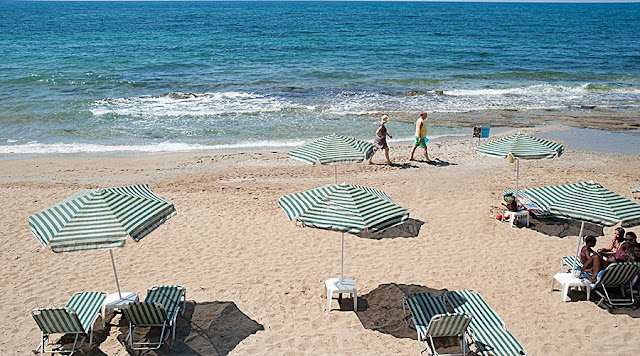Melidoni Cave- Rethymno
at a distance of 39.65 km from Rethymno is the Melidoni Cave.
Melidoni Cave is very important due to the archaeological findings, some of which are exhibited in the Archaeological Museum of Rethymnon. Moreover, the cave has played a tragic role in the history of Cretan revolution against the Turks, in 1824.
Archaeological findings indicate that the cave had been inhabited continuously from the Late Neolithic Era till the Late Roman period. Although initially used as a place of residence (Neolithic tools were discovered in 1928), the cave became a place of worship during the Middle Minoan period (from 2100 to 1600 BC). This is proved by the copper ax that was found during illegal excavations in 1940.
It seems that during the Minoan era the cave hosted worshipers of the mythical bronze giant of Crete, Talos, who ensured the safety and the security of the island against enemies. The giant robot ran the round of Crete twice a day. The legend tells that Medea removed the tack that protected Talos’ only vein. Then, his vital fluid, ichor, was poured and Talos died.
Melidoni is a cave, where visitors can only admire the first but quite impressive hall, because the rest halls are closed for archaeological excavations.
However, even this small part of it is enough to impress the visitors. The arched entrance to the cave welcomes the visitor, while its leads to the first room of the cave called "Heroes Room" where the ossuary is.
The hall is one of the largest cave halls in Crete and its stalactites and stalagmites are enormous. Unfortunately, vandalists of the distant past have destroyed a significant part of them. Continuing, the visitor meets the "Crossroads", from where two lanes start.
The right lane leads to the huge room of "Paslef”, where stalagmites and stalactites create a wonderful complex and offer a dream-like spectacle. Massive rocks lead to the "Rock hall", from where a narrow lane leads to the "Chamber of the sink”.
Next is the "Upper Room", where the lane ends. The left lane leads to a single chamber, the "Chamber of the curtains”, where the magnificent decoration of folds, stalagmite and stalactite material is fascinating.











Σχόλια
Δημοσίευση σχολίου